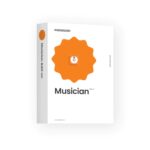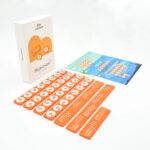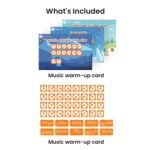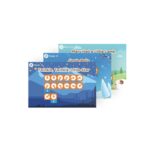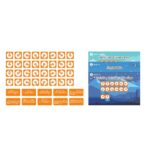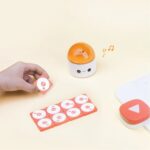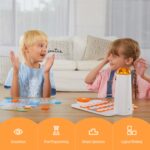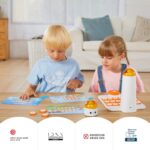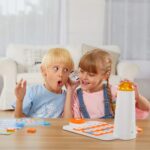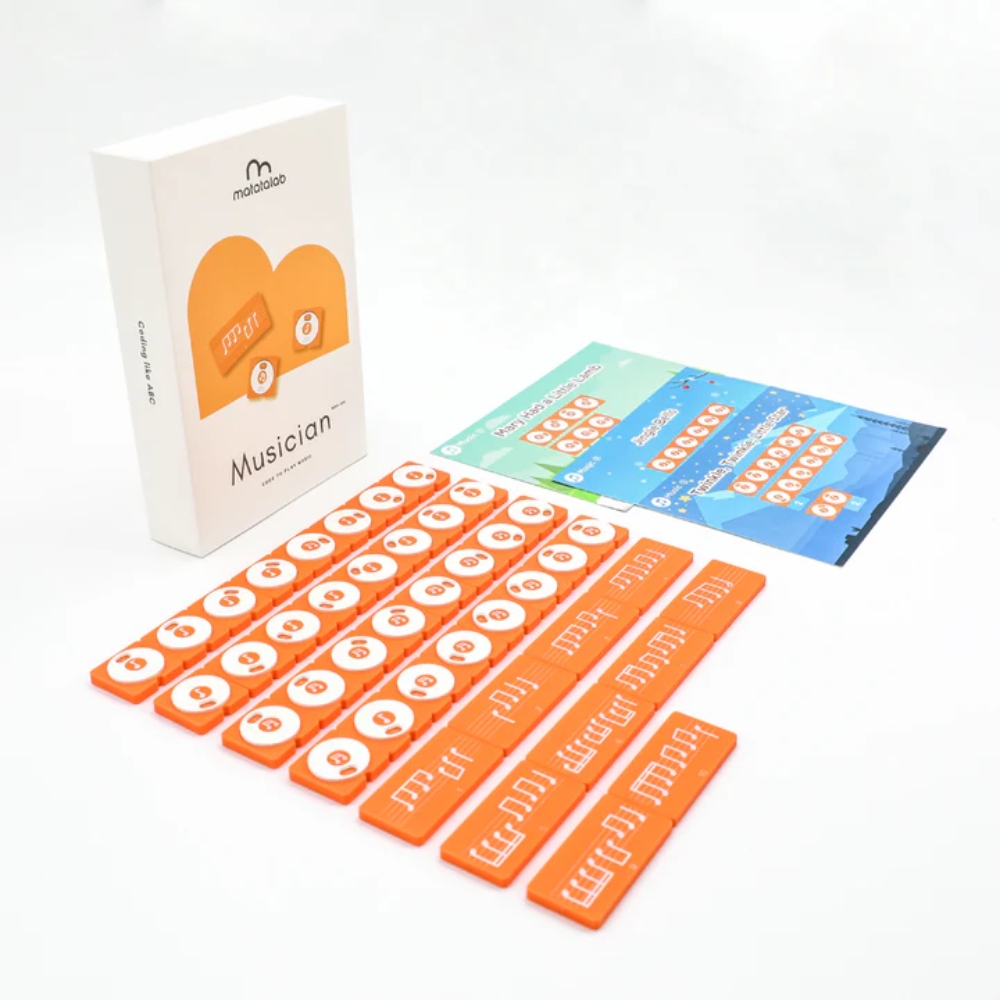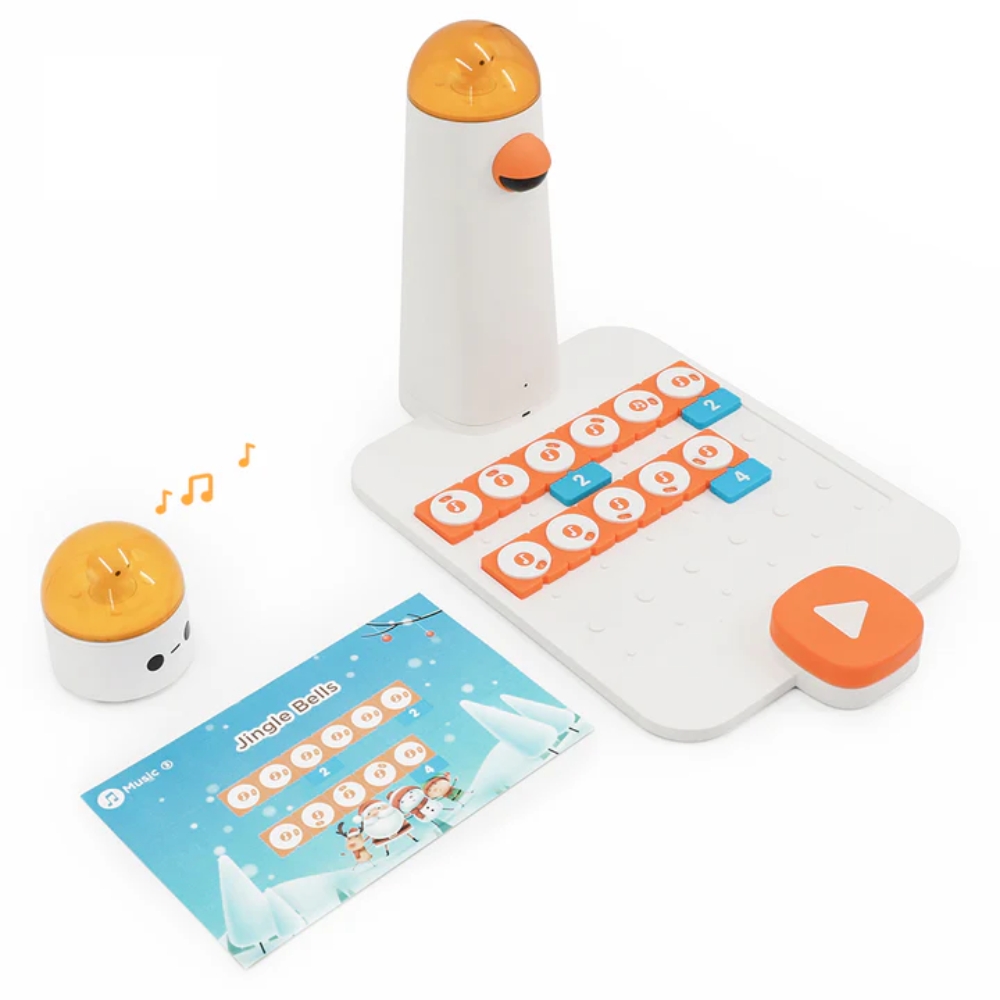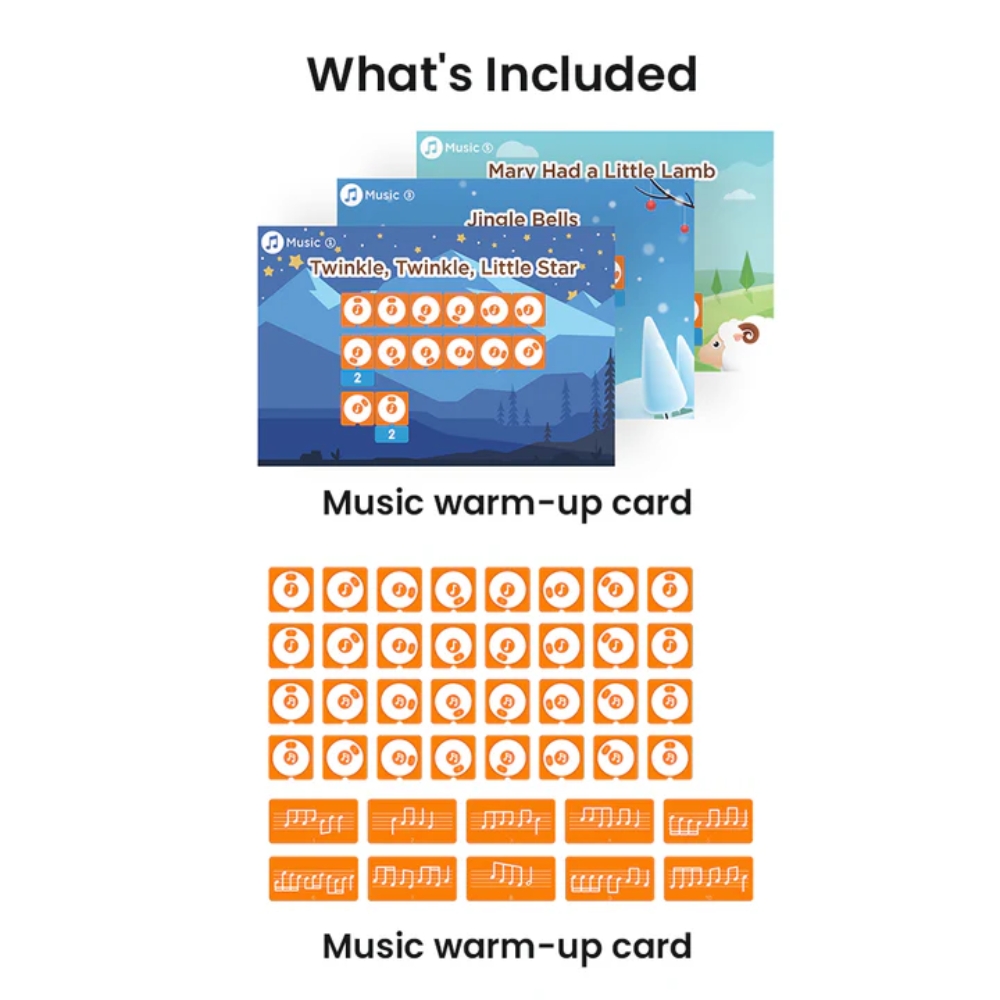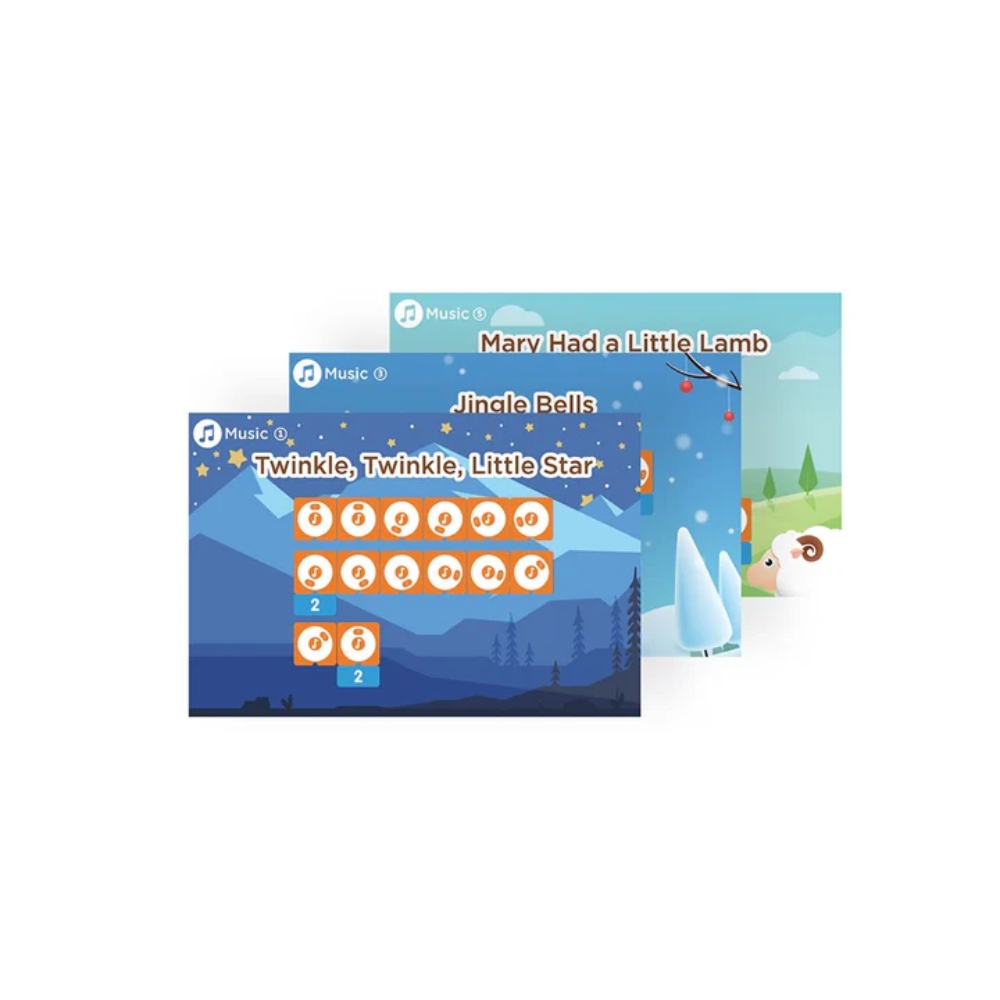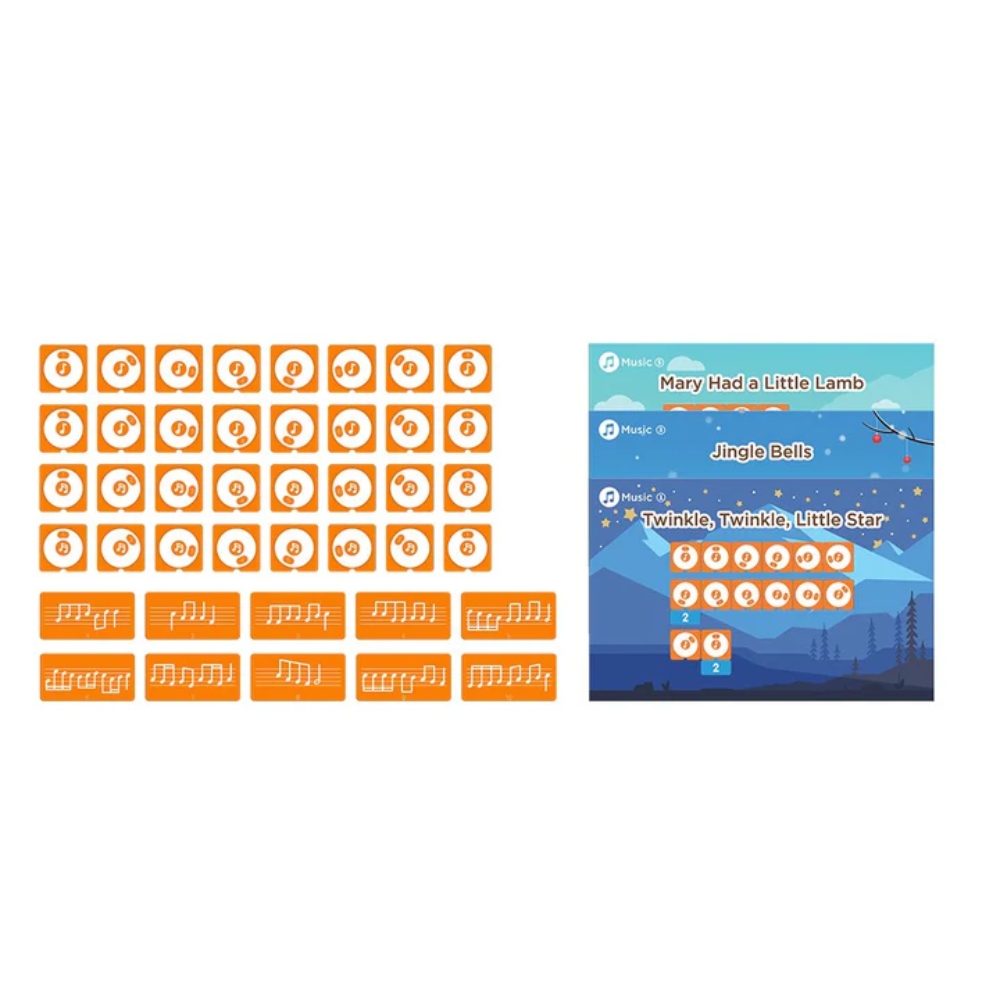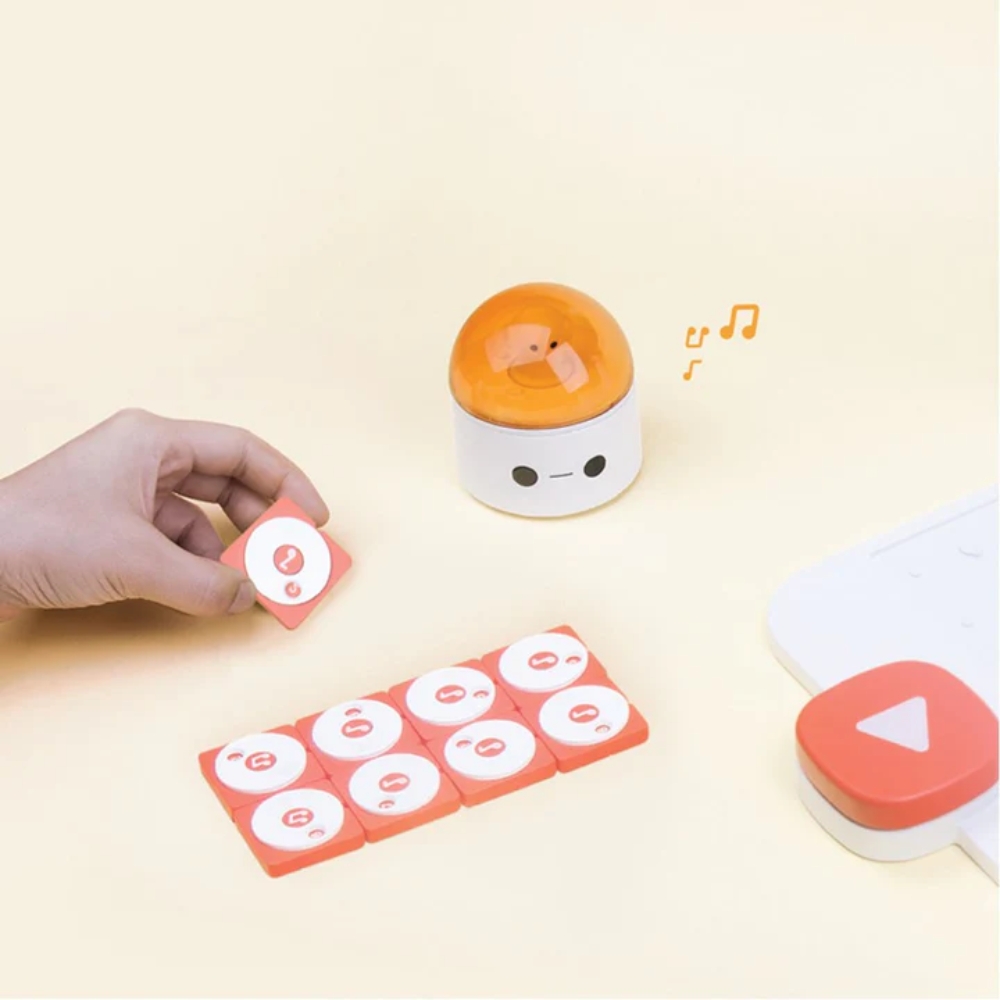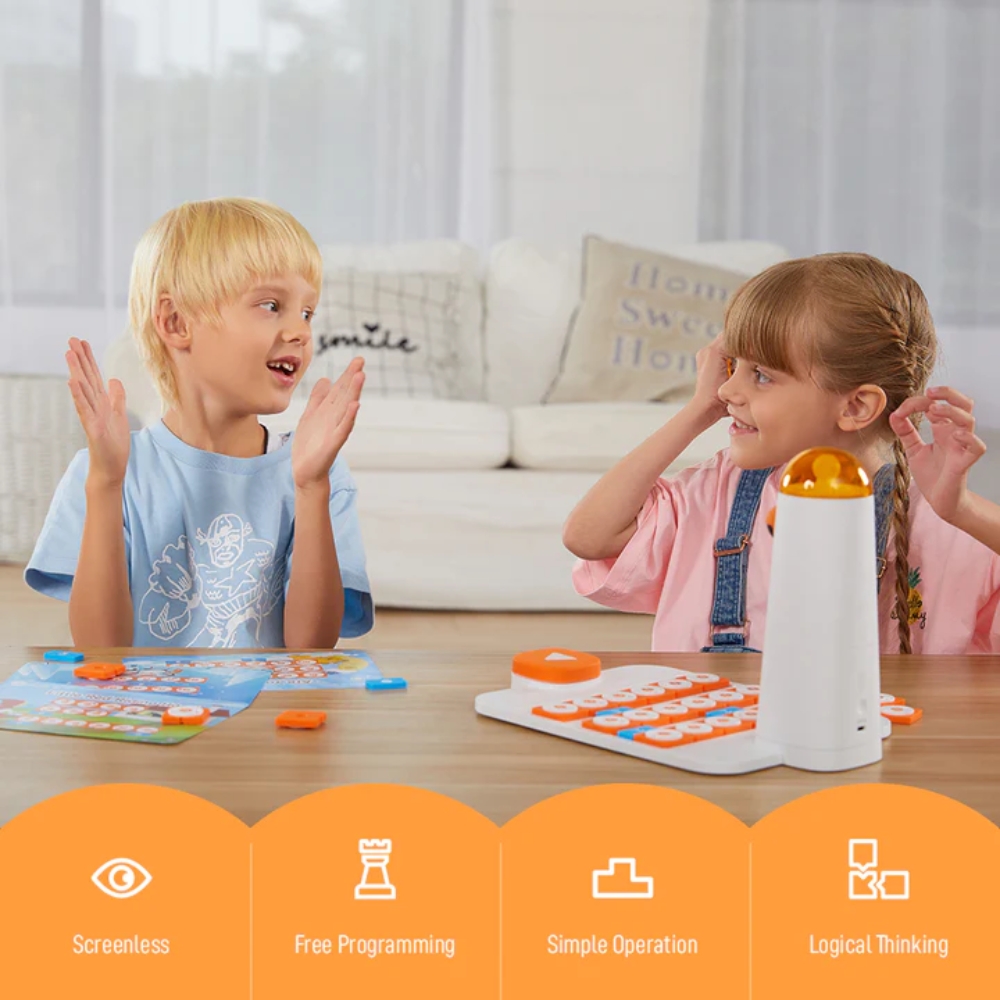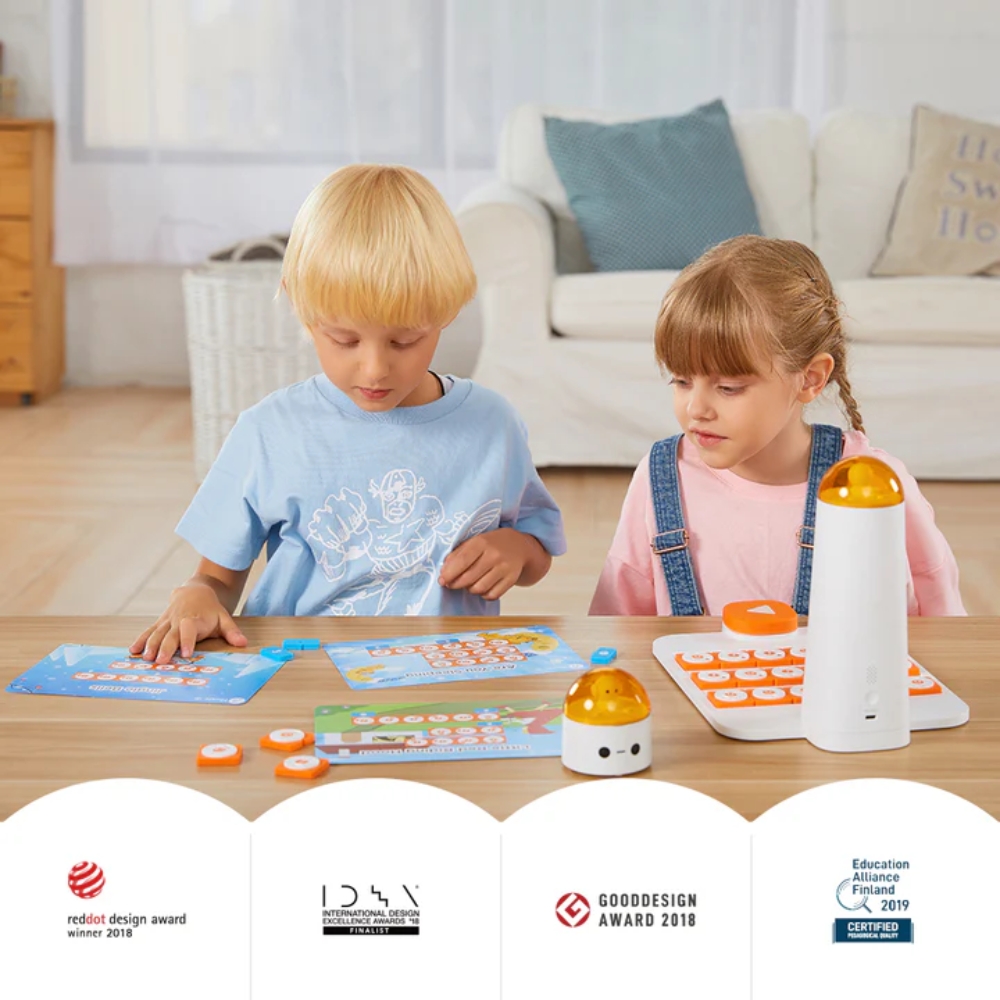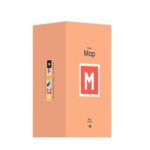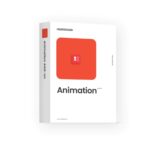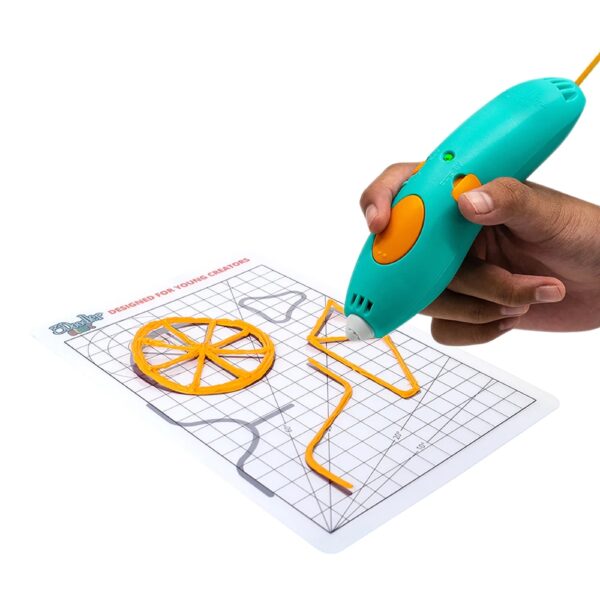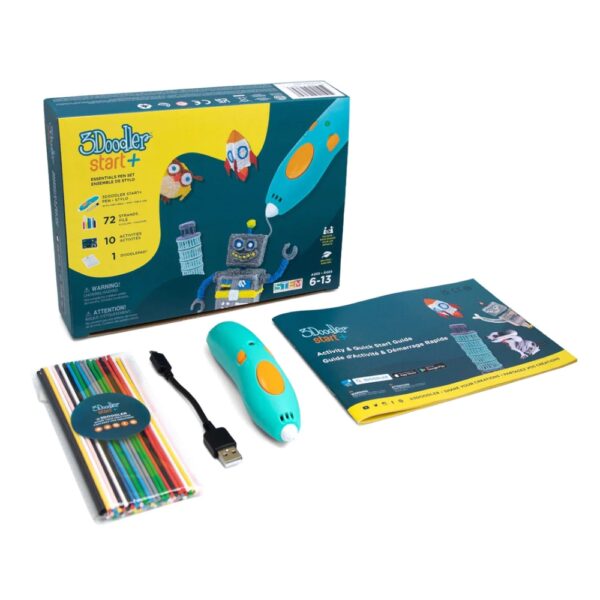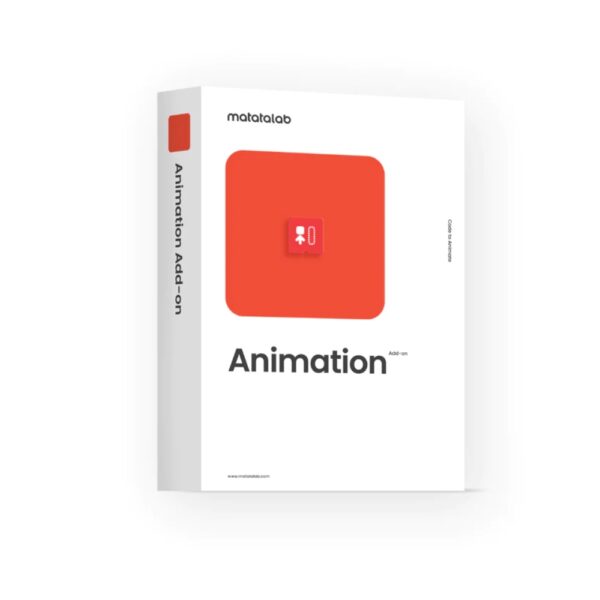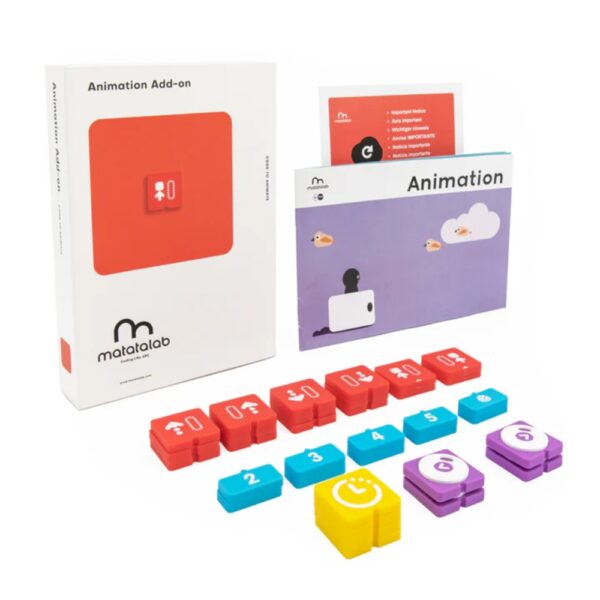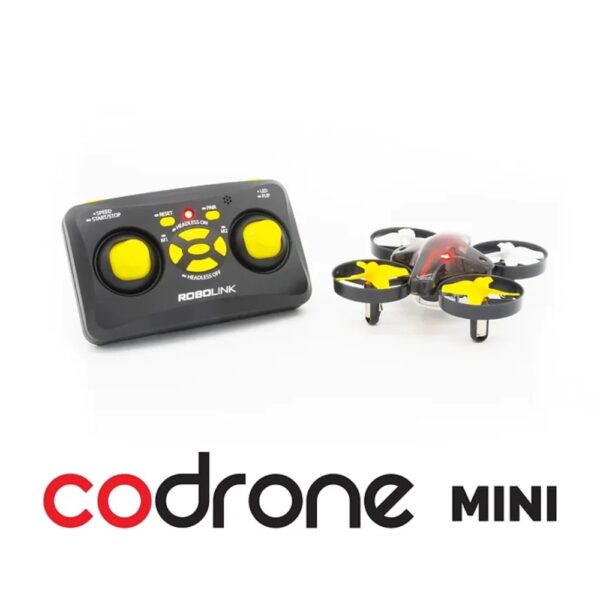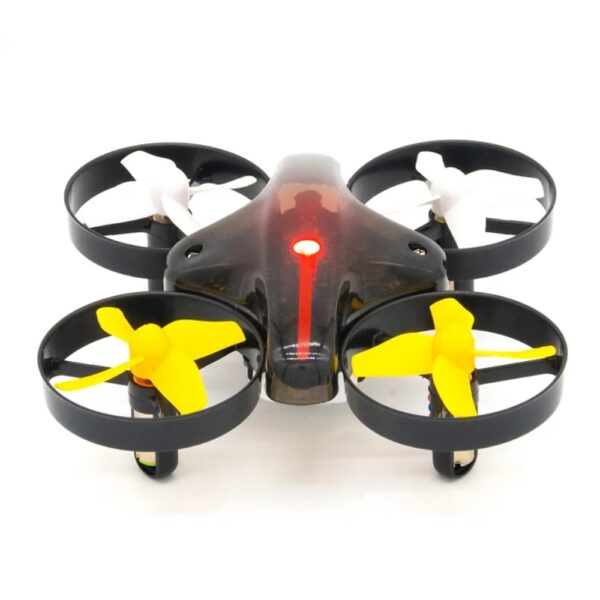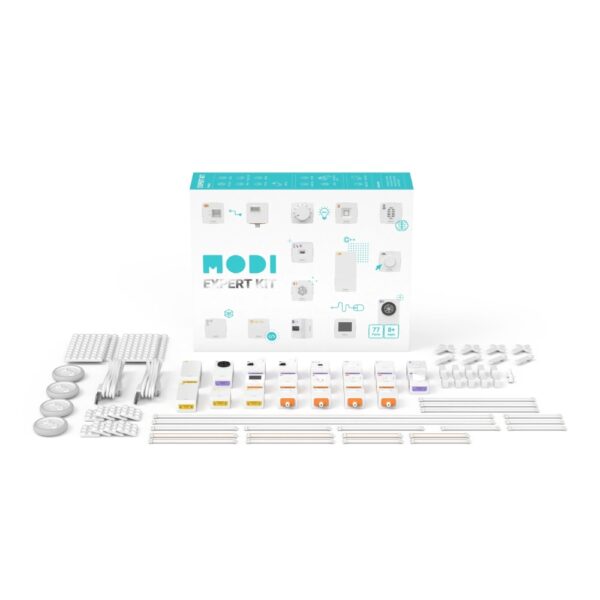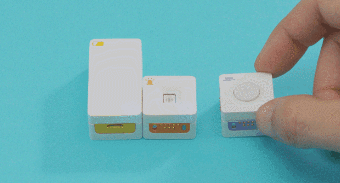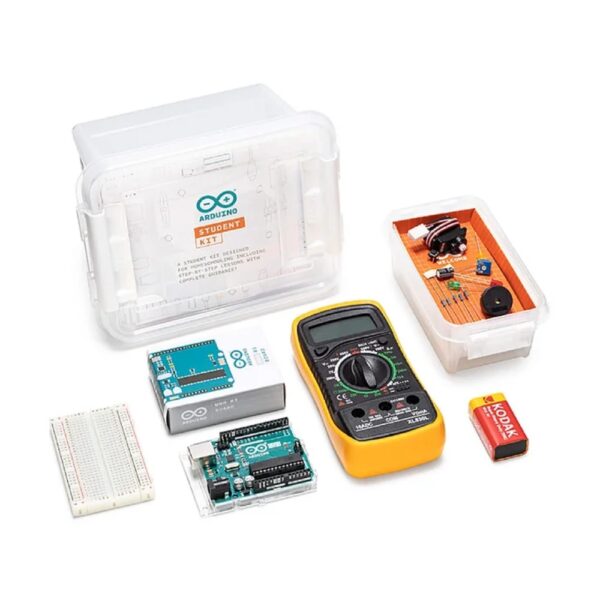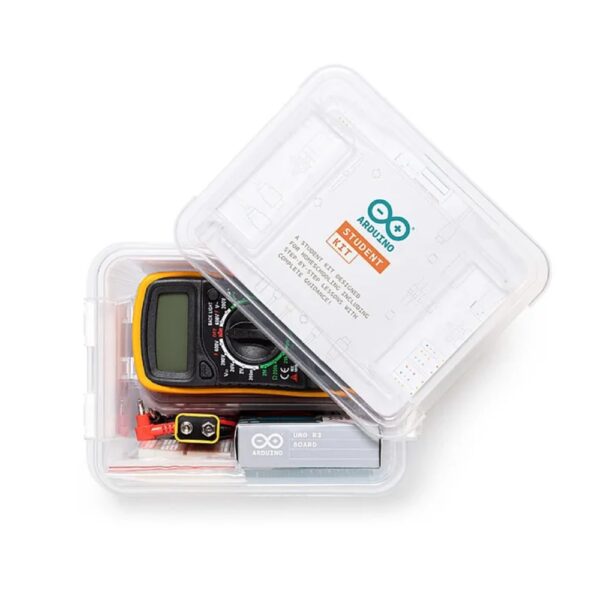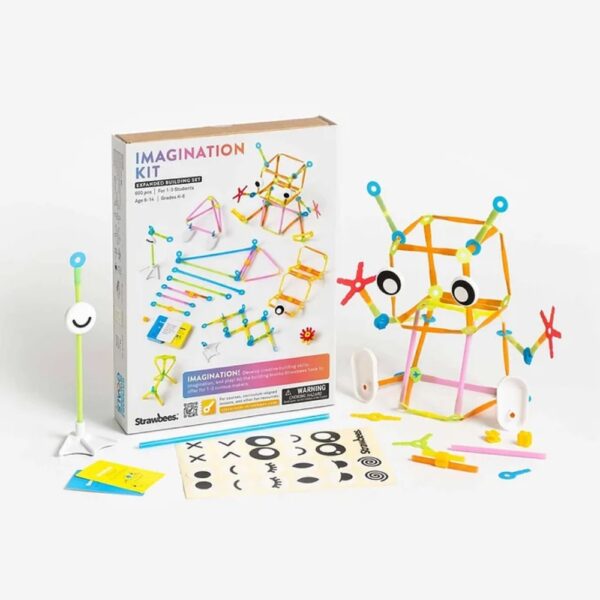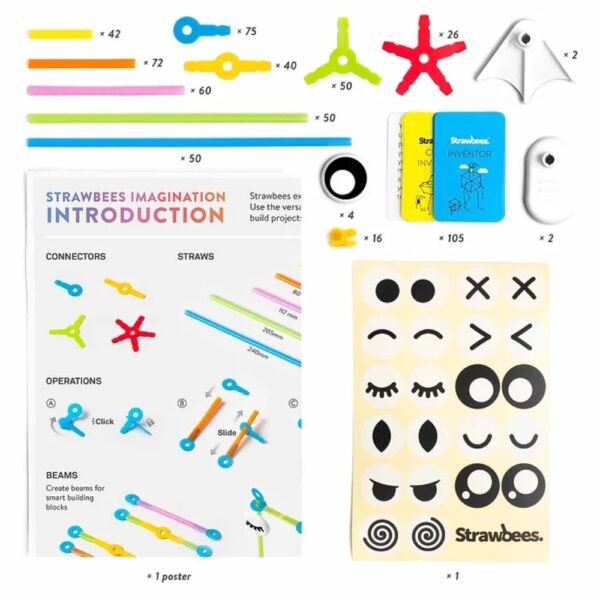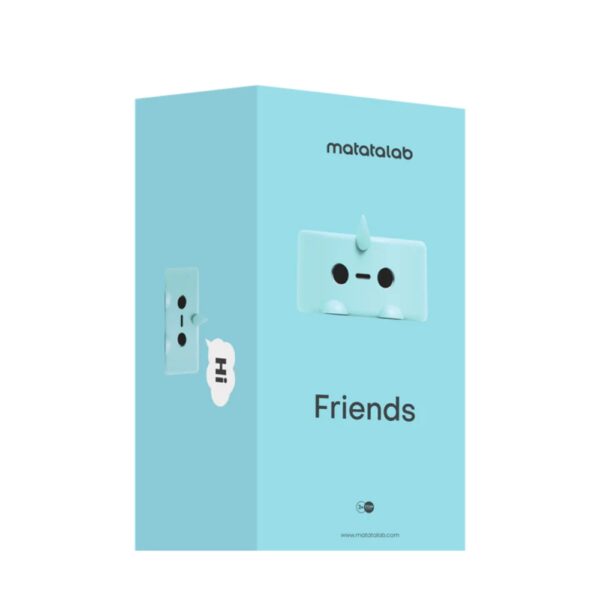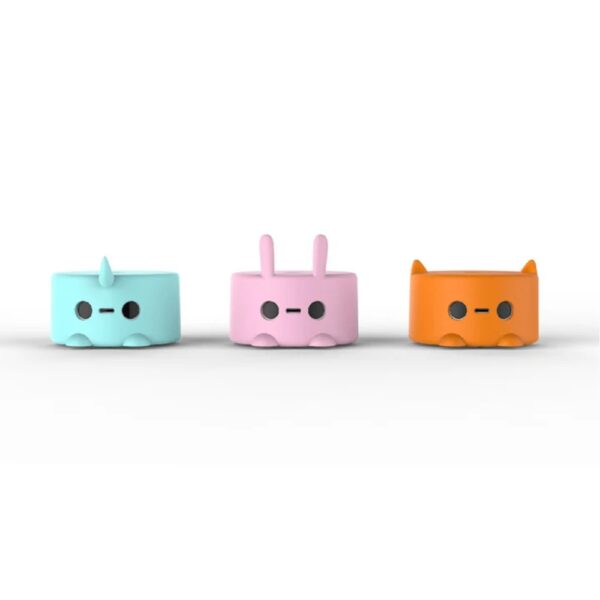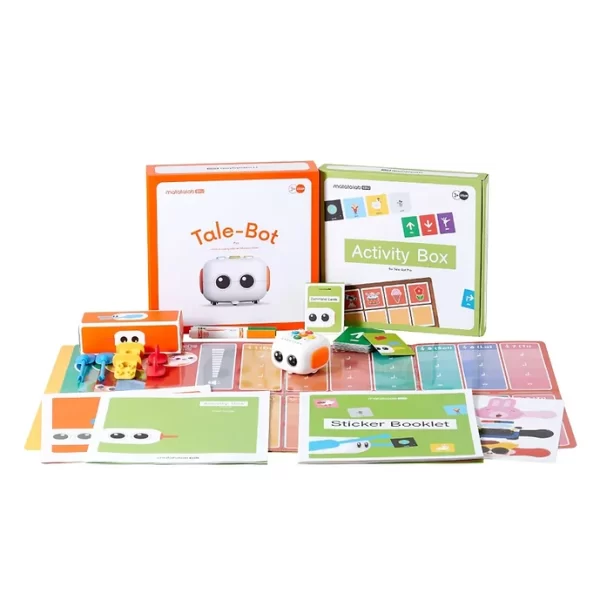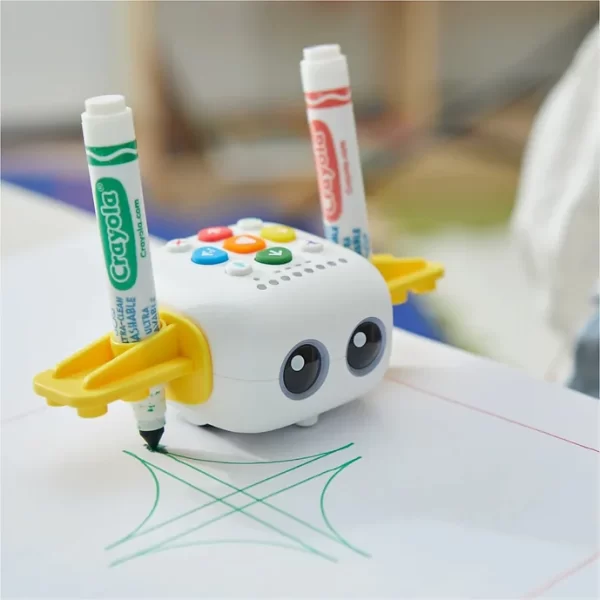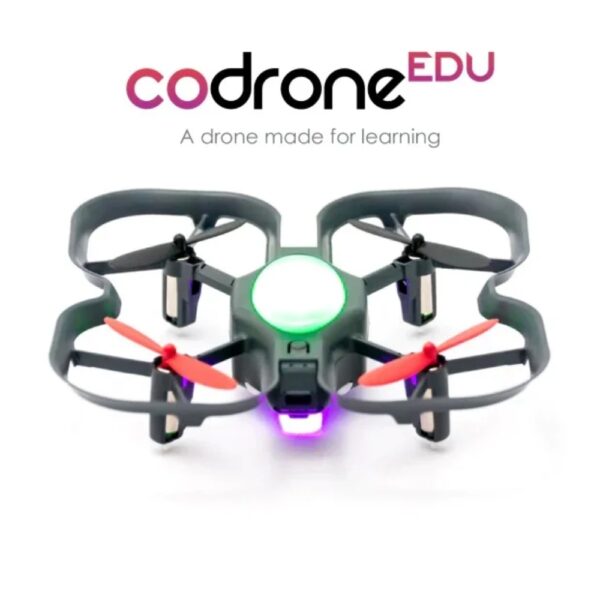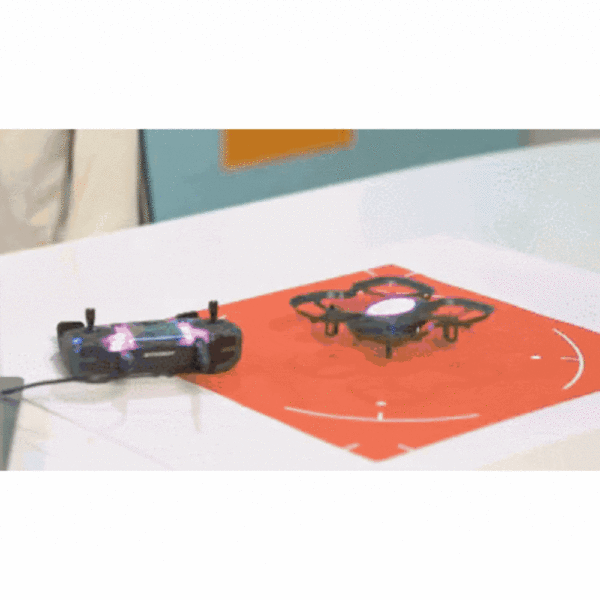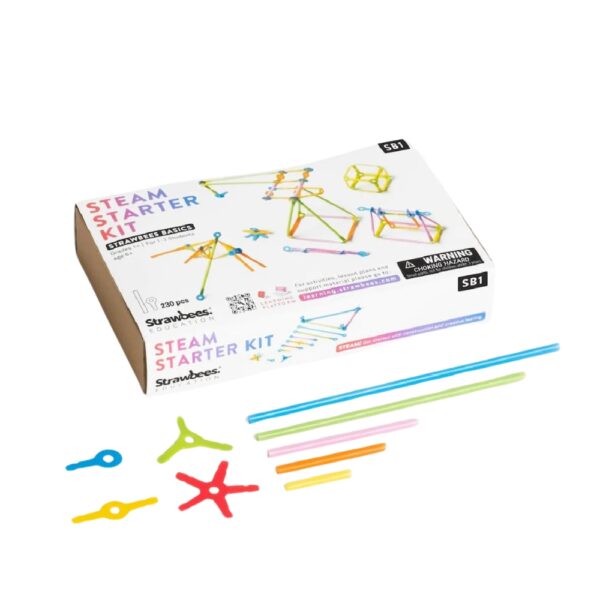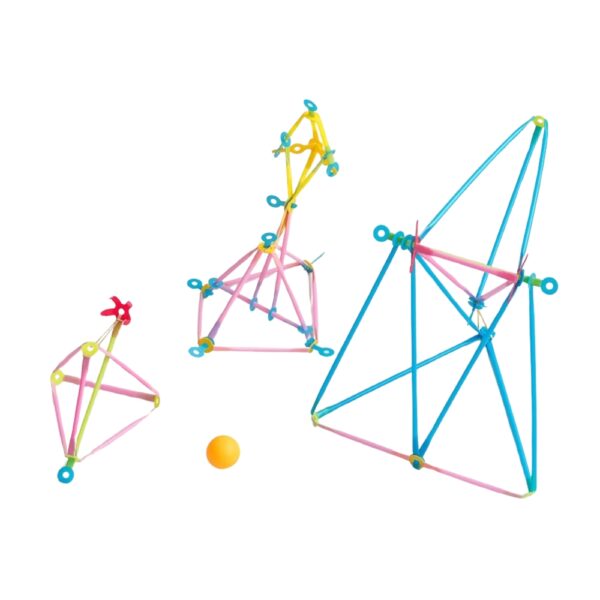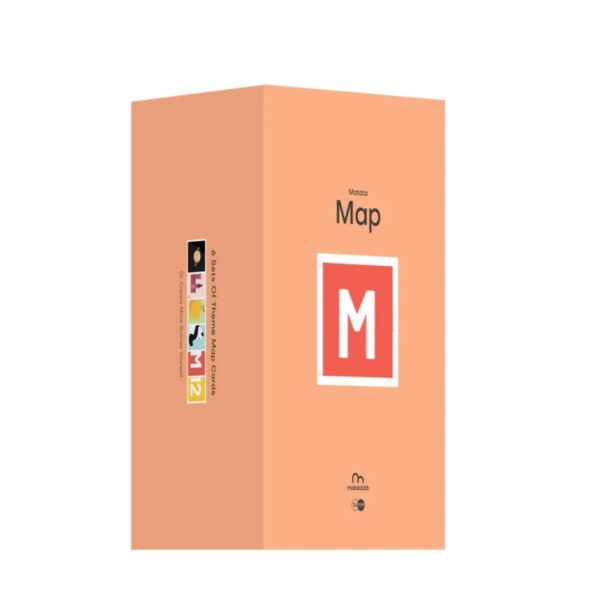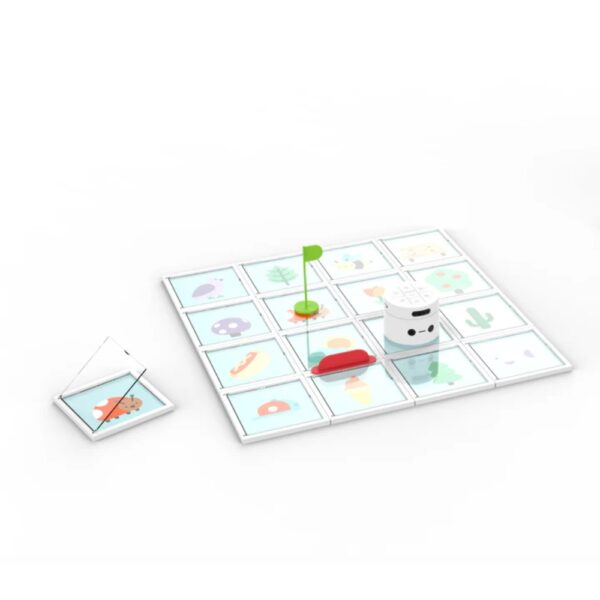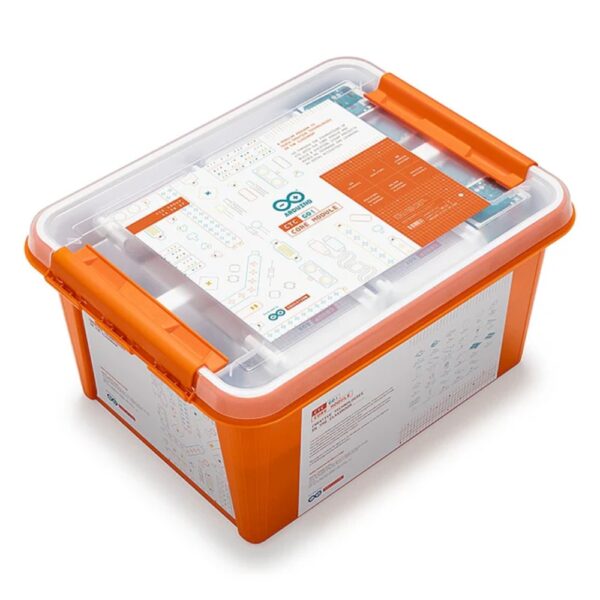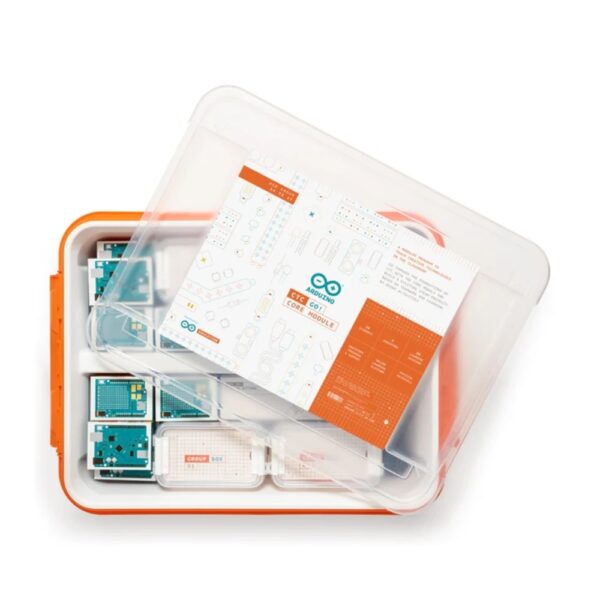Matatalab Musician Add-on
RM550.00
Kids learn notes and beats through programming. With the free combination, kids can compose their favorite music, or even create their own now!
Description
What the package included?
– 32 coding blocks (Music Function) from Do to Si on 2 octaves
– 10 melody blocks
* Get interested in music.
* Recommend for 4-9 year old kids
* Product EAN: B07JZC6PGB
Additional information
| Weight | 2.1 kg |
|---|---|
| Dimensions | 30 × 30 × 17 cm |
Related Products
The 3Doodler Start+ Essentials pen set combines art and design with technology in a fun and creative way. It’s easy-to-use, uncomplicated technology drives engagement and comprehension of critical STEM subjects. Young learners ages 6-13 years old will thrive when they experience what it’s like to use their hands and minds
Make advantage of MatataBot’s ‘Go Draw’ feature. With these coding blocks, kids can program the MatataBot to draw amazing shapes and move in unique ways. They can also customize the MatataBot’s eyes with different colors! Finally, kids can now animate the MatataBot how they like through hands-on play!
The CoDrone Mini is our miniature drone, meant to be a great introduction to coding. Start at the basic level, with block-based coding using Blockly, and move on to advanced-level topics in Python, such as plotting sensor data or how a gyroscope and accelerometer works.
‘Coding is the Future’ Advanced Coding Expert Kit. Enjoy various creative lessons and project activities. Try writing and activating your own code, and elevate your coding expertise through an advanced programming course.
The Arduino Student Kit is a hands-on, step-by-step remote learning tool for ages 11+: get started with the basics of electronics, programming, and coding at home. No prior knowledge or experience is necessary as the kit guides you through step by step. Educators can teach their class remotely using the kits, and parents can use the kit as a homeschool tool for their child to learn at their own pace. Everyone will gain confidence in programming and electronics with guided lessons and open experimentation.
The Imagination Kit is a group of 3 building sets with 600 pieces to build several small towers, moving mechanical cranes and arms. The building set comes with 5 different precut straw sizes and 4 color-coded connectors, along with other interesting accessories snap-on eyes and feet, and a new double-sided clip organized in the box.
3 new silicone skins for the robot which are, sky blue unicorn, pinky bunny, and orange cat designs. Tailhook is compatible with Lego®
It’s the best friends of MatataBot!
Matatalab, Tale-Bot Pro Hands-on Coding Robot Set Education Edition. Hands-on coding robot set, make coding easy, fun and inspire creativity. A product for children, that strive for excellence in every detail.
The CoDrone EDU is a programmable drone, meant for learning in the classroom. Code it in Python or start from the basics with block-based coding. Unique to this drone are its color sensors, a front range sensor, a bottom range sensor, among others—all usable in code. With a durable and safe frame, programmable lights, and access to its 7 sensors, it’s an excellent learning tool and a great way to learn coding and engineering skills.
The STEAM Starter kit is a personal sized building set with 230 pieces to build several small towers, moving mechanical cranes and arms. The building set comes with 5 different precut straw sizes and 4 colour-coded connectors organized in the box.
MATATA Map includes 16pcs (10x10cm) magnetic grids. Each grid can be opened and inserted with different story cards that are double-sided. It allows the kids to build limitless backgrounds and even a 3D one!
Build up limitless story backgrounds and have fun on the coding adventures!
CTC GO! – Core Module is a getting started program including eight lessons, eight guided projects, and six self-guided projects that teach students how to use electronics and gives them an introduction to programming and coding. The lessons increase in difficulty from the very basics all the way through to learning different programming capabilities and building circuits for different sensors and actuators. During the six guided projects, students practice building structures and applying the knowledge acquired in the lessons. Once you have completed the lessons and projects, you will be ready, knowledgeable, and have the confidence to teach the six self-guided projects.

